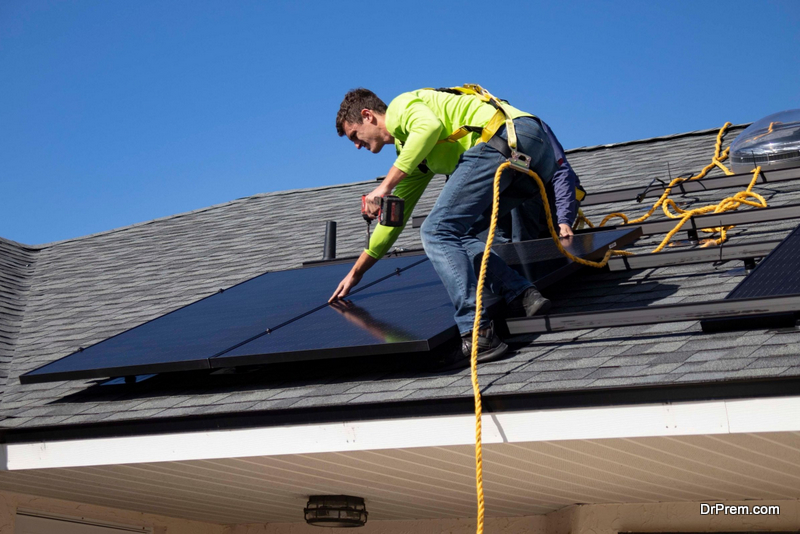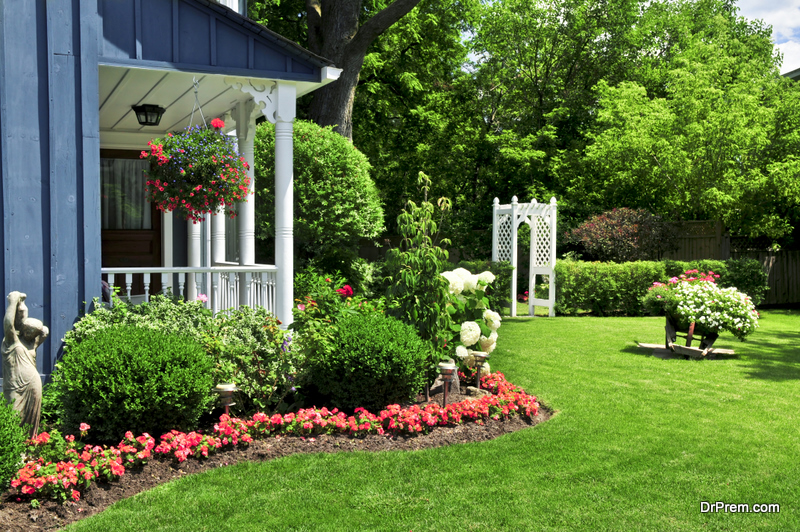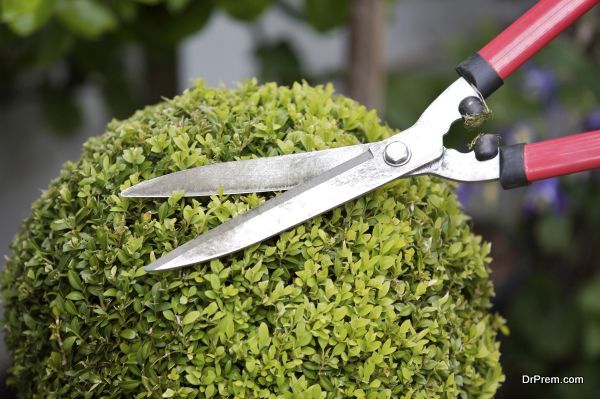When moving to a new house, most people see it as an opportunity to start fresh and adopt new habits, including focusing on eco-friendly living. A new environment can inspire you to make decisions that positively impact both your lifestyle and the planet. Whether it’s reducing energy consumption, minimizing waste, or improving water efficiency, moving into a new house allows you to incorporate sustainable practices from the start.
For example, if you’re moving from Pembroke Pines, you might find that your new location offers different opportunities for eco-friendly living. Whether it’s the climate, the layout of your new home, or the surrounding community, these factors can all influence how you approach sustainability. Moving provides a clean slate, making it the perfect time to think about how you can make your new home as environmentally friendly as possible.

Prepping Your Home
Before you can dive into eco-friendly improvements, it’s important to prepare your new home for the move. This task involves getting everything ready before you start shifting your belongings. A well-prepared home makes it easier to implement sustainable changes right from the beginning. One practical step in this process is to hire professional movers who can handle the logistics of moving your furniture and other items. Here, hiring Pembroke Pines movers can be a smart choice. They can help you efficiently transport your belongings and strategically place them in your new home, freeing up your time to focus on other important tasks.
An organized move sets the stage for a smoother transition so you can quickly settle in and start making eco-friendly upgrades. When your furniture and essentials are placed thoughtfully, it’s easier to plan and implement changes like installing energy-efficient lighting or setting up a composting area. Instead of spending your time and energy on the physical move, you can concentrate on making your home more sustainable.
1. Energy-efficient Lighting Solutions
One of the simplest yet most effective eco-friendly improvements you can make is upgrading the lighting in your new home. Traditional incandescent bulbs consume a lot of energy and have a relatively short lifespan. Replacing these with energy-efficient LED lights can significantly reduce your energy usage. LED bulbs use up to 60-75% less energy and last much longer than incandescent bulbs. This factor makes them a cost-effective and environmentally friendly choice. Alongside saving on electricity bills, LEDs also reduce the frequency of bulb replacements, which helps cut down on waste.
In addition to switching to LED lights, consider installing smart lighting systems. These systems allow you to control your home’s lighting remotely, which can help you avoid leaving lights on unnecessarily. Features like automated dimmers and motion sensors further enhance energy efficiency by adjusting lighting based on your needs. Smart lighting systems provide convenience while also helping to lower your overall energy consumption.
2. Installing a Solar Power System

Another impactful eco-friendly improvement is installing a solar power system. Solar panels harness renewable energy from the sun, which can be used to power your home. This reduces your reliance on fossil fuels and can lead to substantial savings on your electricity bills. Solar energy is a clean, renewable resource that helps reduce greenhouse gas emissions, making it an excellent choice for environmentally conscious homeowners.
While the initial cost of installing solar panels can be high, there are often government incentives or rebates available that can help offset this expense. Many regions offer financial incentives to encourage homeowners to adopt renewable energy solutions so solar power is more accessible. Over time, the savings on energy bills can help recoup the initial investment, and the long-term benefits of solar power make it a worthwhile consideration for your new home. Starting with solar energy as you move in sets a strong foundation for a sustainable future in your new space.
3. Improving Water Efficiency

Water efficiency is another crucial aspect of making your new home eco-friendly. Installing low-flow fixtures in your bathrooms and kitchen is a simple yet effective way to reduce water usage. Low-flow faucets, showerheads, and toilets are built to reduce water usage while maintaining effective performance. For instance, a low-flow showerhead can cut water usage by up to 40%, which not only conserves a vital resource but also reduces your water bills. These fixtures are easy to install and can make a big difference in your home’s overall water efficiency.
In addition to low-flow fixtures, you might consider setting up a rainwater harvesting system. This system collects and stores rainwater, which can then be used for various non-potable purposes, such as watering your garden or washing your car. Rainwater harvesting reduces your reliance on municipal water supplies and is particularly useful in areas with frequent rainfall.
4. Eco-friendly Insulation Options
Proper insulation is key to maintaining energy efficiency in your new home. Using eco-friendly insulation materials can keep your home warm in the winter and cool in the summer while reducing your environmental impact. Sustainable insulation options, such as recycled denim or cellulose, are made from renewable or recycled materials. This aspect makes them a greener choice than traditional insulation.
In addition to choosing eco-friendly insulation, it’s important to make sure your home is well-insulated overall. A well-insulated home requires less energy for heating and cooling, leading to lower utility bills and a smaller carbon footprint. Proper insulation can also improve the comfort of your living spaces, making your home more enjoyable year-round.
5. Landscaping for Sustainability

The way you design and maintain your outdoor spaces can also have a significant impact on your home’s eco-friendliness. Landscaping with sustainability in mind starts with choosing plants that are well-suited to your local climate. Xeriscaping, which involves using drought-resistant and native plants, is an effective way to create a beautiful landscape that requires minimal water and maintenance. These plants are typically more resilient to local weather conditions, which reduces the need for chemical fertilizers and excessive watering.
Similarly, you might consider starting a composting system. Composting allows you to recycle kitchen scraps and yard waste into nutrient-rich soil for your garden. This way, you can reduce the amount of waste that goes to the landfill, plus it also provides a natural alternative to chemical fertilizers. An organic garden fed with compost can produce healthier plants and contribute to a more sustainable outdoor environment.
Making eco-friendly improvements to your new home is a rewarding way to start fresh in a new space. From energy-efficient lighting and solar power systems to water-saving fixtures, eco-friendly insulation, and sustainable landscaping, there are many ways to reduce your environmental impact and create a healthier living environment. As you settle into your new home, taking the time to implement these changes will lead to long-term savings and comfort.
Article by Community Writer.




